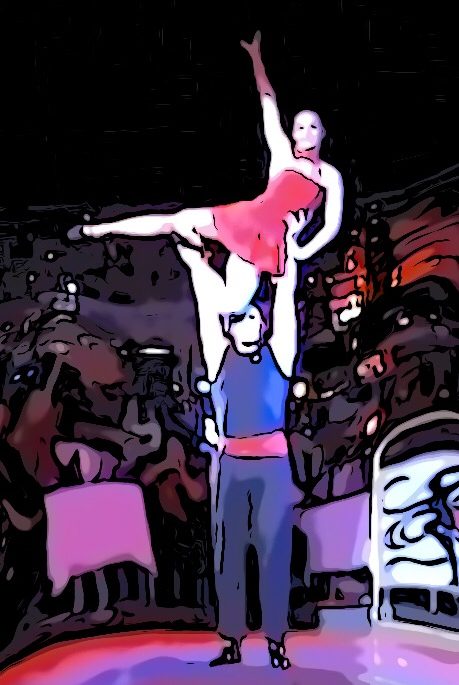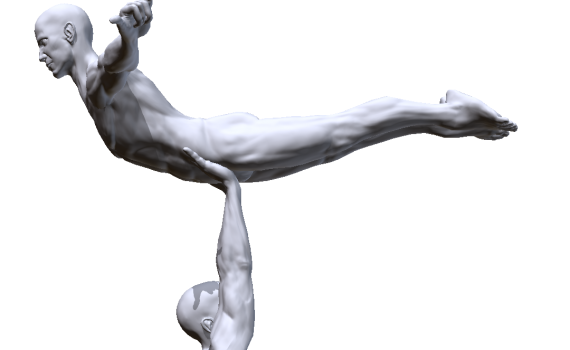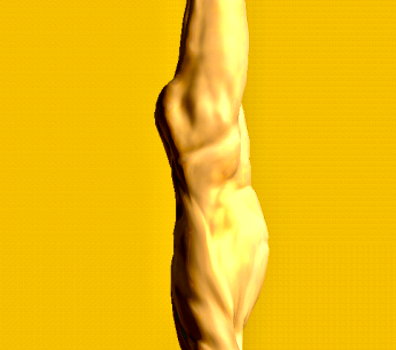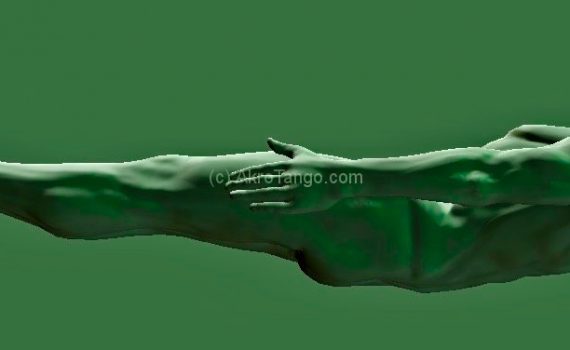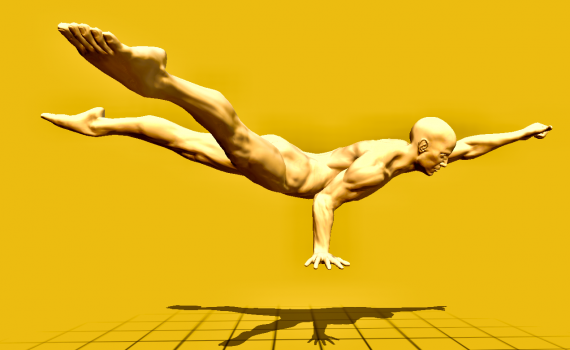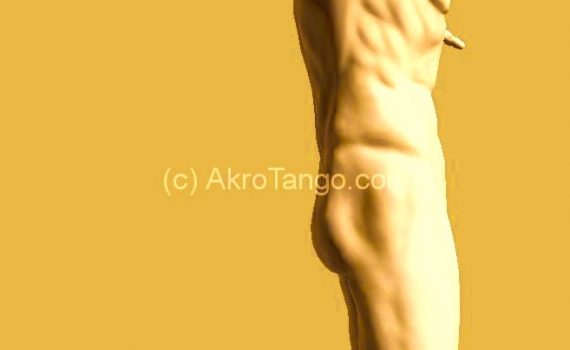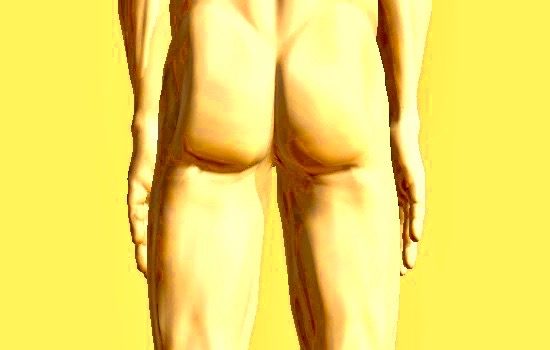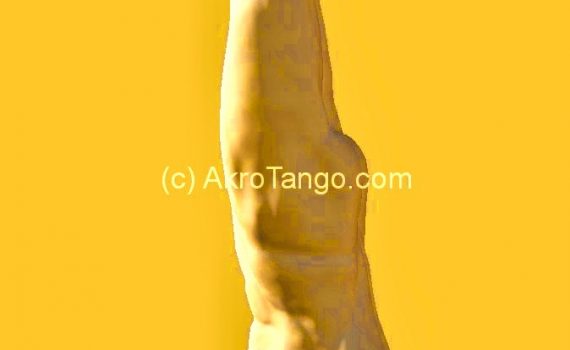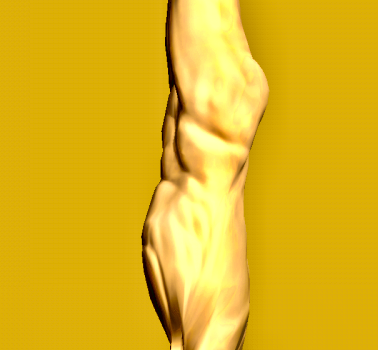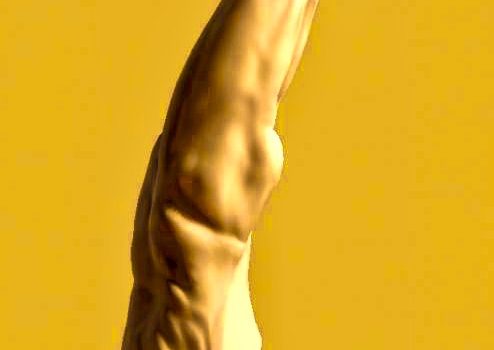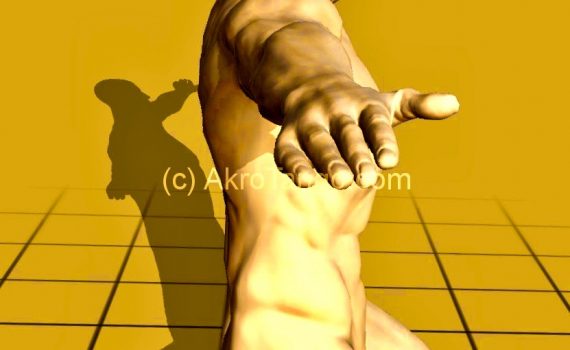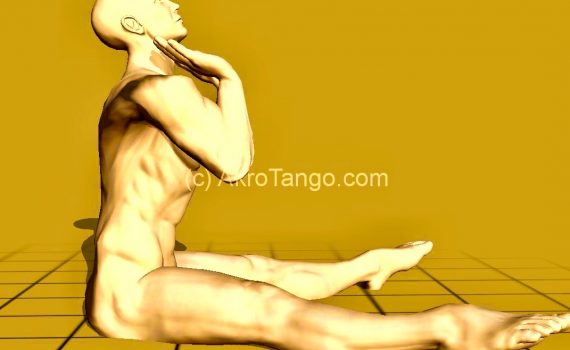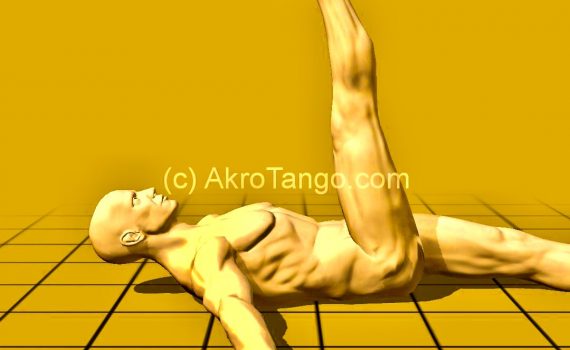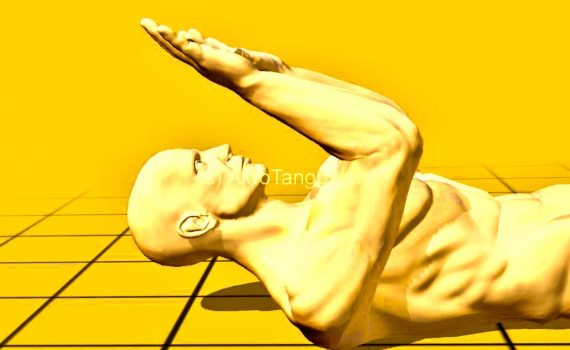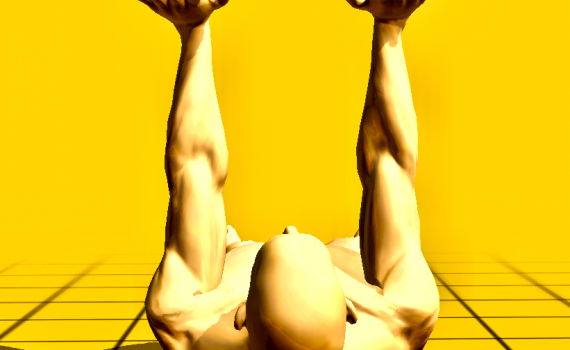The high belly flyer is one of the first figures of the standing base onto the straight arms. As soon as a beginner manages this trick as a base, he rises to the status of an advanced 😉 Although this trick should be feasible even with pure power, I’ve already seen body builders failing with a 60 kg flyer, though they lifted 120 kg while lying and still 80 kg while standing. So what’s so special about this trick? On the one hand, he became a cult in 1987 by Patrick Swayze in “Dirty Dancing”. At that time every young […]
Kategorie: yellow
There are 2 meaningful connect points for the base, that allow him to balance a counter handstand (CHS): on his feet or on his hands. In fact, for the flyer himself nothing should change between the CHS and the “normal” handstand (HS). Only the shape of the connect points from the base are changing, which indeed is more complex than it first seems. The base basically ensures that the angle in the flyer’s wrists does not get too flat. However, the feet and wrists of the base getting quickly at its stretch limit. Onto the feet the balancing area is […]
Actually, this position is called backflyer. Since the flyers initially like to sag through, for this position, also other names are known, such as cross-crusher and dead bird. The positive side effect of sagging is that the center of gravity of the flyer comes closer to the one of the base and thus creates less shear forces (for example, dislock and screw rotations from this position are easier). Especially during the entrance to this figure the Flyer creates very strong shearing forces, if he does not tilt to the final position, but straighten up too early. If a flyer overcompensates the sagging […]
Within this position is meant the conventional crocodile, which is balanced by the base at the upper arm of the flyer. The elbow is held as close to the center of gravity as possible within the hipbone. For that a shortening of the corresponding page is necessary. The opposite hip is held up. To get into the crocodile, the flyer first supports the entire weight on the elbow. So he achieves an “umbrella” position: After that he can pull his upper body and legs up. The shortening of the page creates an asymmetric figure. This results in a very […]
The contacting point on the knee is a test of courage for the flyer. The center of gravity must be (as always) above the contact point, which is just below the knee. This requires a straight hip. It’s not easy to land on your feet when you tilt forward… but the flyer should trust his base, or delete that position from his repertoire. This figure is often called Knee-Marie because of its humble position. A simpler version of this position is the high Z, in which the flyer is additionally supported with the hands on the shoulder of the base. […]
In this position base and flyer can see each other… they are facing each other. Here the flyer has the same position as in “normal” standing, the position of his feet is not changed. The center of gravity of the flyer is also right above his feet arches. Important is the correct structure of the arch (see pictures), so that the base gets a big surfaced connection. Typical mistakes are twisted in, tilted or pointed feet. These generate a punctual pressure, which makes the balancing difficult and may also be very painful. The correct foot position is created when the flyer […]
Has anyone ever seen a toddler fall over on his head? Not me! They are leaning slightly forward, so they always land on all fours or on the butt. This position, where toddlers are easily managing that they do not land on the head in case of doubt, should be a role model for every flyer. If this picture does not help, you can alternatively lay yourself with your back on the floor. Then take the knees to the chest and form a small package by using your head and arms and then open slowly for straighten out. Only the […]
In principle, the headstand is placed on the forehead or at the front part of the skull (see also Base – Balance on the head). Of all the flyers known to me, however, the position with a long neck is preferred. For this purpose, the contact-point / pressure-point on the head is centered on the hairline. It is important that the cervical spine can hold a straight position… straight in the body, but diagonally in the room! The supported headstand can not stand straight in the room, as a residual pressure remains on the hands and thus the center of […]
The Handstand (HS) offers each Flyer 2 challenges, namely the art of balance and the way to get in the handstand. While the balance is essential for the solo artist, for the partner acrobatics the way is often the bigger hurdle. For the balance through the base it is sufficient if the flyer can hold its shape as soon as it reaches the position. The solo artist has to balance by himself. Challenge number 1: The Art of Balance In contrast to the standing tricks, necessary corrections of the base during balancing the handstand are reaching very delayed or not […]
Getting to stand on forearms on the ground the flyer has to push himself out of the headstand. To do this, the flyer must actively open the shoulder and tilt the body backwards at the same time. Possible shapes: 7 or Mexican. There is a risk of tilting in the back, without being able to twist off. A base does not have many possibilities to bring the flyer safely to the ground again. This position on a base is really heavy, looks modest and is very dangerous at the same time. That may be the reason why I’ve never seen […]
The base has no eye contact with the flyer when balancing on the shoulder. In order to nevertheless be able to bring in quick corrections, the base uses his head for balancing. This requires causes the flyer to lean with a slight pressure to the head of the base: 1) The lying flyer is held with the shoulder or arm against the head and as close as possible to the neck. 2) Sitting flyers lean slightly against the back of the head with the belly. Attention: a flyer sitting on the shoulder of the base (for example, the elephant), must […]
The base can choose in this position whether he feels more comfortable sitting or kneeling. Kneeling, he can use the power from the thighs for a possibly necessary high relieving, but at the expense of stability. Short arm: The hands of the base are about shoulder width, as otherwise inwards turned hands of the flyer is the result. The stability is ensured by the alignment of the line of power in the direction of the center of gravity of the flyer. This is not a position for beginners, as they often tend to balance by using a hollow cross! In […]
If the base is lying good and the balance is stable on 2 feet, the flyer may tilt the weight to one foot of the base. The base gets extra stability against rolling away sideways by laying his arms sideways. Bending the free leg is not useful, since it reduces the possibilities of the flyer when landing. And nobody really likes a knee between the legs. Important is when getting the balance to 1 foot, that the rest weight is picked up by the base to avoid a Verscherung. A flyer is pushing himself when tilting from one side to […]
The arms are held above the head and the forearms are angled… The hands may initially stay in touch with each other… However, the angle of the forearm always adapts to the needs of the flyer, which should never be standing uphill. Examples of meaningful positions of the flyer:: Standing Handstand
The hands should stay over the shoulders. Initially, the base tends to hold hands at head height. At a load in the middle of the hand, however, the line of force is not right. The result is that the hands get bent towards the head, which can stabilize the base only with a lot of force. To increase the lateral stability against rolling, legs can be straddled.
